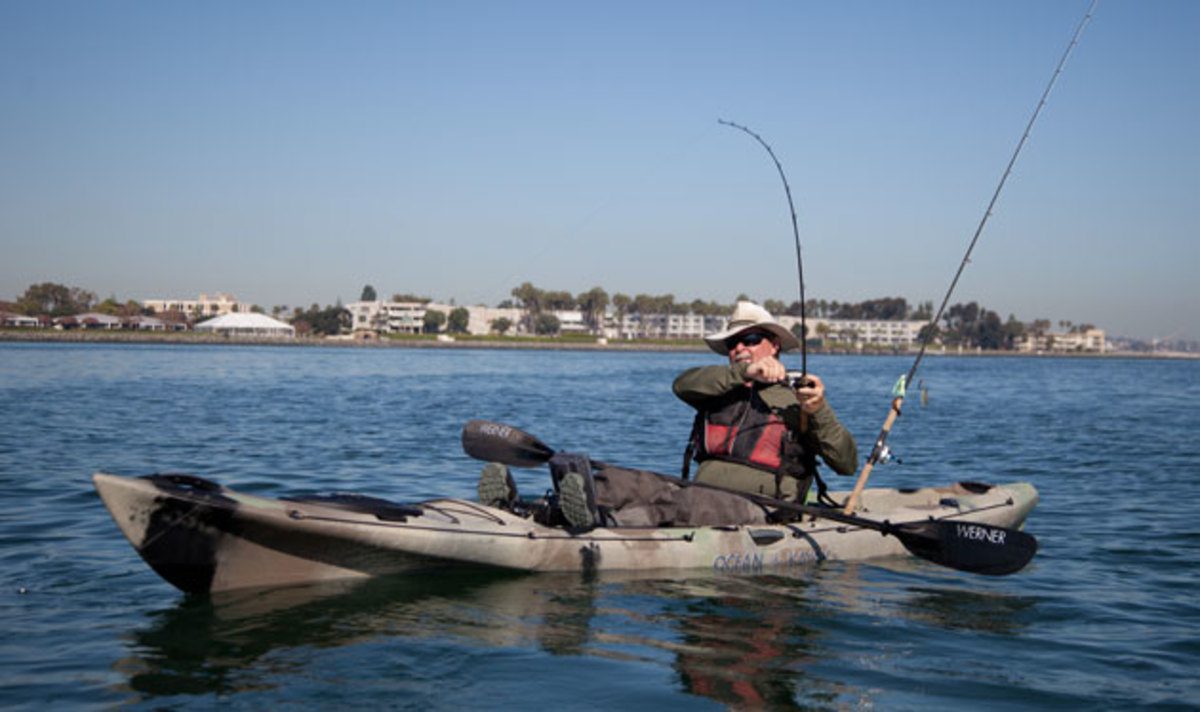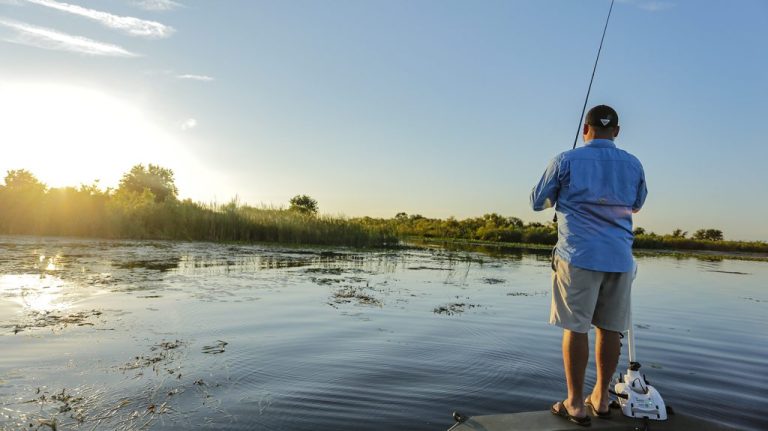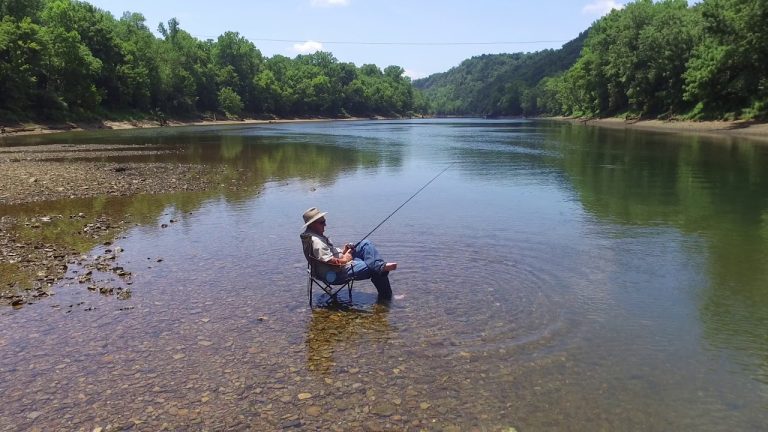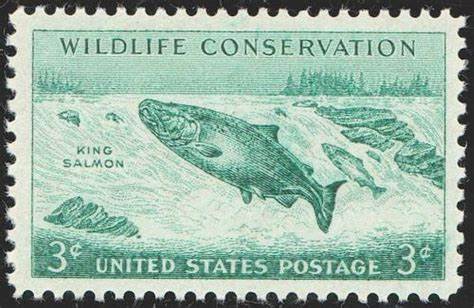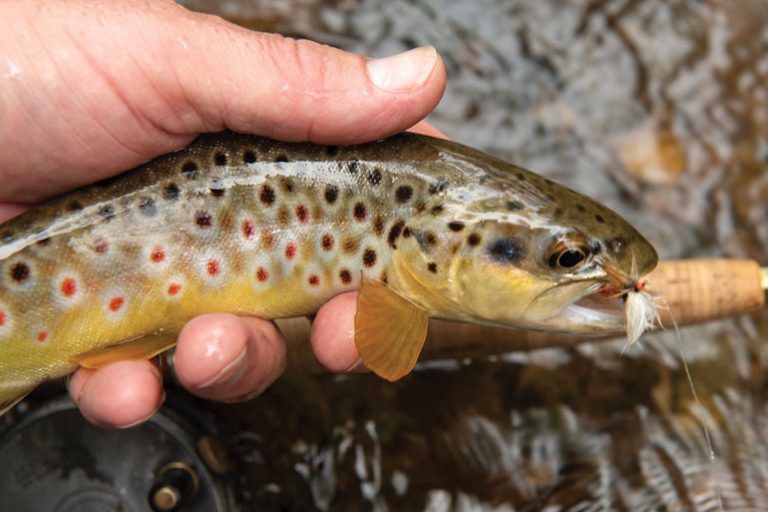Alaska, known for its pristine waters and abundant fish populations, is a premier destination for anglers worldwide. Whether you’re a resident or a visitor, understanding the state’s fishing license requirements is essential to ensure a legal and enjoyable fishing experience. In this comprehensive guide, we’ll answer the most frequently asked questions about Alaska fishing licenses, including types, costs, purchasing methods, and regulations.
Why Do You Need a Fishing License in Alaska?
In Alaska, a fishing license is required by law for all anglers aged 16 and older. The purpose of the fishing license system is to:
- Manage and conserve fish populations
- Fund fisheries research and management programs
- Ensure fair access to fishing opportunities
By purchasing a fishing license, you contribute to the sustainable management of Alaska’s fisheries and help preserve this valuable resource for future generations.
Who Needs an Alaska Fishing License?
The requirements for obtaining an Alaska fishing license vary depending on your age and residency status:
| Residency Status | Age | License Required |
|---|---|---|
| Resident | 18+ | Yes |
| Resident | Under 18 | No, but must have a harvest record card for species with annual limits |
| Non-Resident | 16+ | Yes |
| Non-Resident | Under 16 | No, but must have a harvest record card for species with annual limits |
Exceptions:
- Resident seniors (aged 60+) with an ADF&G Permanent Identification Card do not need a license
- Resident disabled veterans with an ADF&G Disabled Veteran’s License are exempt from licensing requirements
Types of Alaska Fishing Licenses
Alaska offers several types of fishing licenses to cater to the needs of both residents and non-residents:
Resident Licenses
- Annual Sport Fishing License
- Valid for the calendar year
- Allows fishing in both fresh and salt waters
- Includes a king salmon stamp
- Low-Income License
- Available to residents who meet specific income requirements
- Valid for the calendar year
- Allows fishing in both fresh and salt waters
- Includes a king salmon stamp
- Senior Permanent Identification Card
- Available to residents aged 60 and older
- Provides a free, lifetime license
- Allows fishing in both fresh and salt waters
- Includes a king salmon stamp
- Disabled Veteran’s License
- Available to resident disabled veterans with a 50% or greater service-connected disability
- Provides a free, lifetime license
- Allows fishing in both fresh and salt waters
- Includes a king salmon stamp
Non-Resident Licenses
- 1-Day Sport Fishing License
- Valid for 1 day
- Allows fishing in both fresh and salt waters
- King salmon stamp not included
- 3-Day Sport Fishing License
- Valid for 3 consecutive days
- Allows fishing in both fresh and salt waters
- King salmon stamp not included
- 7-Day Sport Fishing License
- Valid for 7 consecutive days
- Allows fishing in both fresh and salt waters
- King salmon stamp not included
- 14-Day Sport Fishing License
- Valid for 14 consecutive days
- Allows fishing in both fresh and salt waters
- King salmon stamp not included
- Annual Sport Fishing License
- Valid for the calendar year
- Allows fishing in both fresh and salt waters
- King salmon stamp not included
Alaska Fishing License Costs
The cost of an Alaska fishing license depends on the type of license and your residency status:
Resident License Fees
| License Type | Fee |
|---|---|
| Annual Sport Fishing License | $29 |
| Low-Income License | $5 |
| Senior Permanent Identification Card | Free |
| Disabled Veteran’s License | Free |
Non-Resident License Fees
| License Type | Fee |
|---|---|
| 1-Day Sport Fishing License | $25 |
| 3-Day Sport Fishing License | $45 |
| 7-Day Sport Fishing License | $70 |
| 14-Day Sport Fishing License | $105 |
| Annual Sport Fishing License | $145 |
Note: Prices are subject to change. Always check the official ADF&G website for the most up-to-date information on license fees.
King Salmon Stamps
If you plan to fish for king salmon in Alaska, you must purchase a king salmon stamp in addition to your fishing license. The stamp fees vary based on your residency status and the duration of the stamp:
| Residency Status | Stamp Duration | Fee |
|---|---|---|
| Resident | Annual | $15 |
| Non-Resident | 1-Day | $15 |
| Non-Resident | 3-Day | $30 |
| Non-Resident | 7-Day | $45 |
| Non-Resident | 14-Day | $75 |
| Non-Resident | Annual | $100 |
Exceptions:
- Residents under 18 and non-residents under 16 do not need a king salmon stamp
- Holders of resident senior, disabled veteran, and low-income licenses do not need a king salmon stamp
Where to Purchase an Alaska Fishing License
You can purchase an Alaska fishing license through several convenient methods:
- Online
- Visit the official ADF&G website: https://www.adfg.alaska.gov/store/
- Follow the prompts to create an account or log in as a guest
- Select the appropriate license type and duration
- Provide the required personal information and payment details
- Print or save the digital copy of your license
- In-Person
- Visit any ADF&G office or authorized license vendor, such as sporting goods stores and tackle shops
- Complete the license application form
- Provide the required personal information and payment
- Receive your physical license
- By Phone
- Call the ADF&G licensing hotline at (907) 465-2376
- Provide the required personal information and payment details
- Receive your license number, which serves as proof of purchase until your physical license arrives by mail
Fishing License Formats and Carrying Requirements
Alaska fishing licenses come in three formats:
- Printed/Electronic Licenses
- Issued at ADF&G offices, license vendors, and online
- Must be signed to be valid
- Can be printed or stored digitally on your mobile device
- eSigned Licenses
- Available through your ADF&G online account
- Electronically signed and stored in your online account
- Can be printed or displayed on your mobile device
- Carbon Copy Licenses
- Handwritten licenses issued at select vendors and ADF&G offices
- Must be signed to be valid
- The original copy must be carried while fishing
While you can carry either a physical or digital copy of your license, it is recommended to have a printed copy as a backup. For species with annual limits, you must have a printed copy to record your harvest.
Harvest Record Cards
A harvest record card is required for recording catches of species with annual limits, such as king salmon, rockfish, and lingcod. The harvest record card is free and must be obtained in addition to your fishing license.
Harvest record cards are required for:
- Residents under 18
- Non-residents under 16
- Holders of resident senior, disabled veteran, and low-income licenses
You must carry your harvest record card while fishing and record your catch immediately upon harvesting a fish. The card must be returned to the ADF&G within 15 days of the end of the year, even if you did not fish or catch any fish.
Alaska Fishing Regulations
In addition to obtaining the appropriate fishing license and stamps, it is crucial to familiarize yourself with Alaska’s fishing regulations. These regulations are designed to ensure sustainable fish populations and fair access for all anglers.
Key aspects of Alaska’s fishing regulations include:
- Daily Bag Limits
- Specify the maximum number of fish you can catch and keep per day
- Vary by species, location, and time of year
- Annual Limits
- Specify the maximum number of fish you can catch and keep per year
- Apply to certain species, such as king salmon and rockfish
- Size Restrictions
- Specify the minimum and/or maximum size of fish you can keep
- Vary by species and location
- Seasons
- Define the dates when fishing is allowed for specific species and locations
- Help protect fish populations during spawning and other critical periods
- Gear Restrictions
- Specify the types of fishing gear allowed, such as rod and reel, fly fishing, or bait
- Vary by species, location, and time of year
- Closed Areas
- Designate areas where fishing is prohibited or restricted
- Protect sensitive habitats and fish populations
To stay informed about the latest fishing regulations, consult the official ADF&G website or pick up a printed regulation booklet at any ADF&G office or license vendor. It is your responsibility to know and follow the regulations to avoid penalties and help conserve Alaska’s fisheries.
Conclusion
Obtaining the proper Alaska fishing license is essential for all anglers, whether you’re a resident or a visitor. By understanding the types of licenses available, their costs, and the associated regulations, you can ensure a legal and enjoyable fishing experience in Alaska’s world-class waters.
Remember to:
- Choose the appropriate license type and duration based on your residency status and fishing plans
- Purchase a king salmon stamp if you intend to fish for king salmon
- Obtain a harvest record card if required for your age or license type
- Familiarize yourself with the current fishing regulations for your target species and location
- Carry your fishing license and any required stamps or permits while fishing
By following these guidelines and contributing to the sustainable management of Alaska’s fisheries, you can help preserve this incredible resource for generations to come. Happy fishing!
Do I need a fishing license to fish in Alaska state waters?
If you are fishing for non-IFQ groundfish exclusively in state waters, you do not need to log your trips or carry an observer. However, if you have any halibut or sablefish IFQ onboard, you must follow federal observer regulations.
Can I surrender my Federal Fisheries Permit (FFP) to avoid observer coverage?
Yes, you can surrender your FFP with some limitations. However, keep in mind that NOAA Fisheries has used landings made under an FFP to determine catch history for catch share programs, so surrendering your FFP may impact future eligibility.
Are there vegetarian, vegan, and gluten-free food options available in Alaska?
Yes, especially in larger cities like Anchorage, you can find restaurants and tours that cater to various dietary restrictions.



